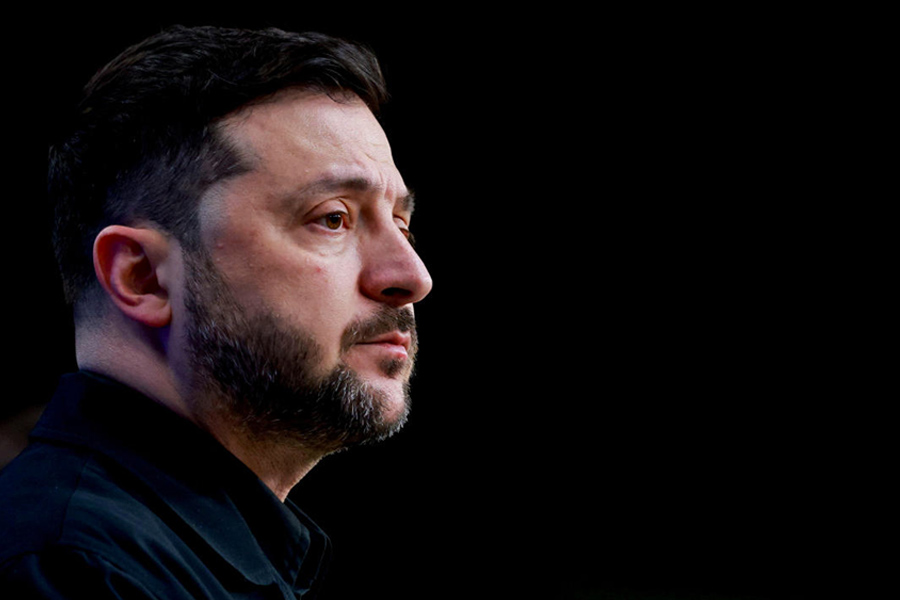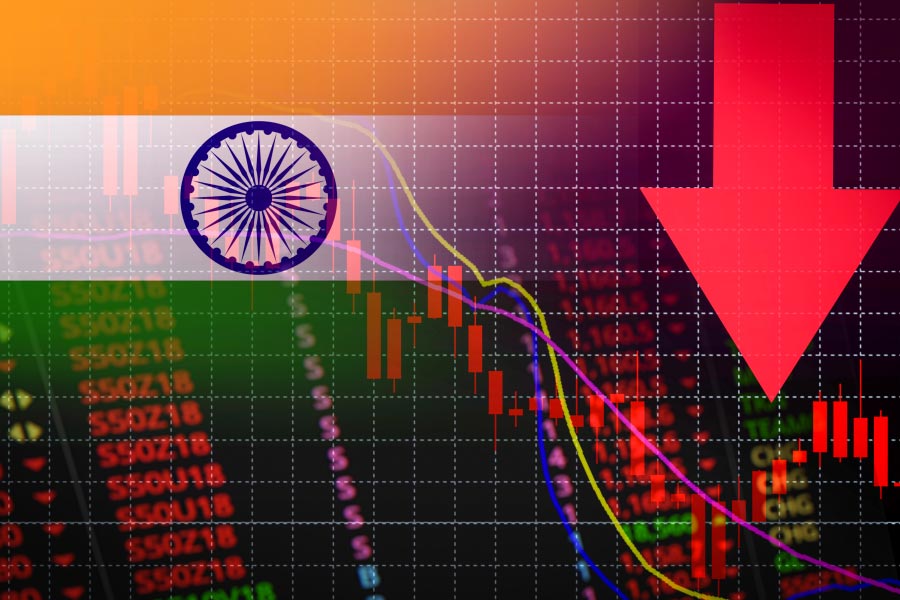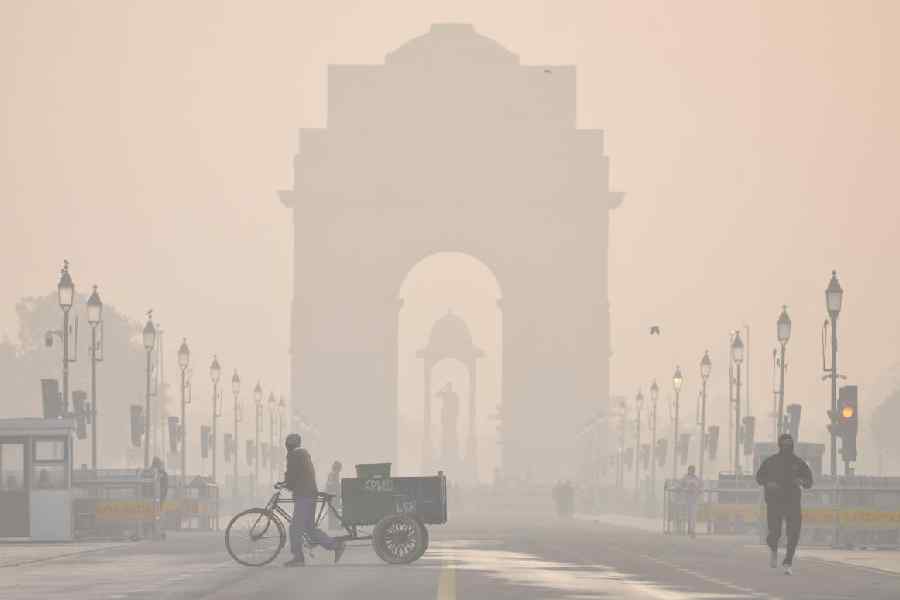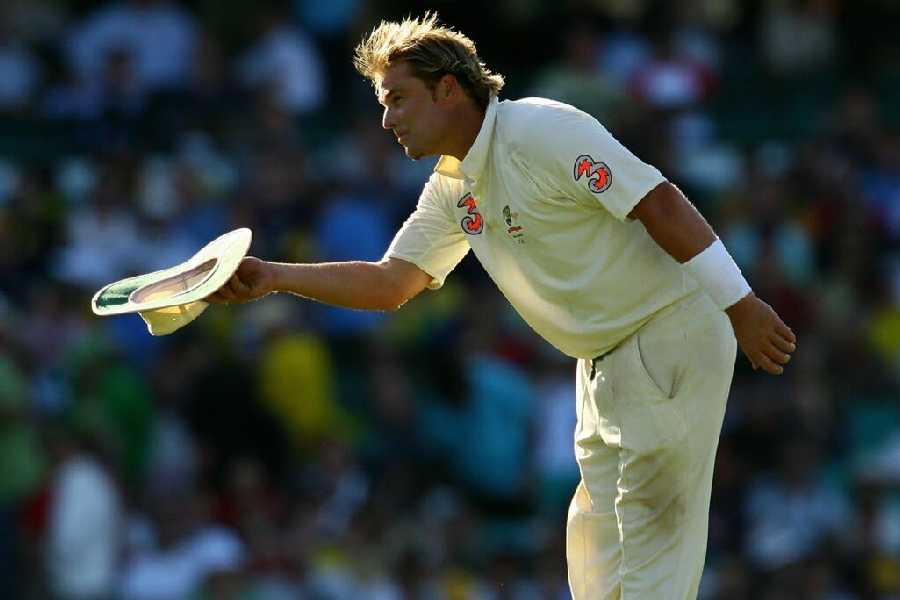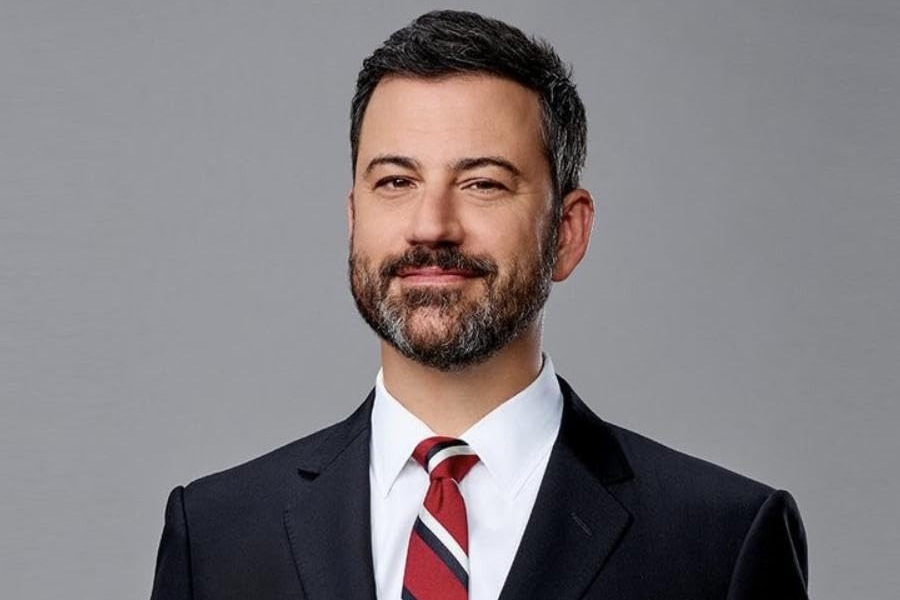Coronavirus mutations, waning population immunity, or unrestricted person-to-person interactions could drive a third nationwide Covid-19 wave in India, but it is unlikely to be as severe as the second wave, health researchers have said.
A study by researchers in India and the UK has suggested that the timing and pattern of a third wave would hinge on such factors, but the size of the surge is likely to remain substantially lower than the second wave in May 2021.
The researchers at the Indian Council of Medical Research (ICMR) and Imperial College, London, have cautioned that their study is not intended to predict a third wave, but only illustrate possible scenarios under which a wave could occur.
For instance, if there is no change in the characteristics of the virus but the population’s immunity wanes on an average in 12 months, the scenario-building exercise suggests that a third wave’s peak could occur around August 2022 — and the size of the surge will then be roughly midway between the 97,000 new infections per day on September 16 and around 400,000 infections on May 6. If the immunity wanes in four months, the surge could start in November 21.
“What we set out to do is to look at scenarios — we don’t have information now to make a scientific prediction,” said Nimalan Arinaminpathy, a study team member and mathematical epidemiologist at the School of Public Health at Imperial College.
Arinaminpathy and his ICMR collaborators Samiran Panda, Balram Bhargava and Sandeep Mandal also analysed how a surge might occur due to coronavirus variants that are either highly transmissible or can evade immune responses or from unrestricted public interactions under relaxed lockdown conditions.
In one scenario, they simulated a highly transmissible variant that also makes 25 per cent of previously infected people susceptible again. These conditions could lead to a third wave that starts in November 2021 and peaks in February 2022.
Health officials have asserted that a third wave is not inevitable. For a nationwide wave to occur, public health experts say, multiple states across the country would need to simultaneously experience large surges — a trend that could be suppressed through rapid local containment measures.
“A third wave is not inevitable,” said Panda, chief of epidemiology at the ICMR. Any surge in infections would depend on opportunities the virus gets to spread, the proportion of susceptible people in a given population, and the proportion of people protected by vaccinations or by natural infections.
Scientists say a prediction is currently impossible because how the virus might evolve in the coming months remains unknown. “We’re now in the same position we were in around December 2020 — no one could have predicted the size of the surge at the time,” Arinaminpathy said.
Public health specialists have attributed India’s second wave to a combination of factors — lack of personal precautions by large sections of the public, potential super-spreader events such as the Kumbh Mela in Hardwar, election rallies, and the emergence of a highly transmissible Delta variant.



